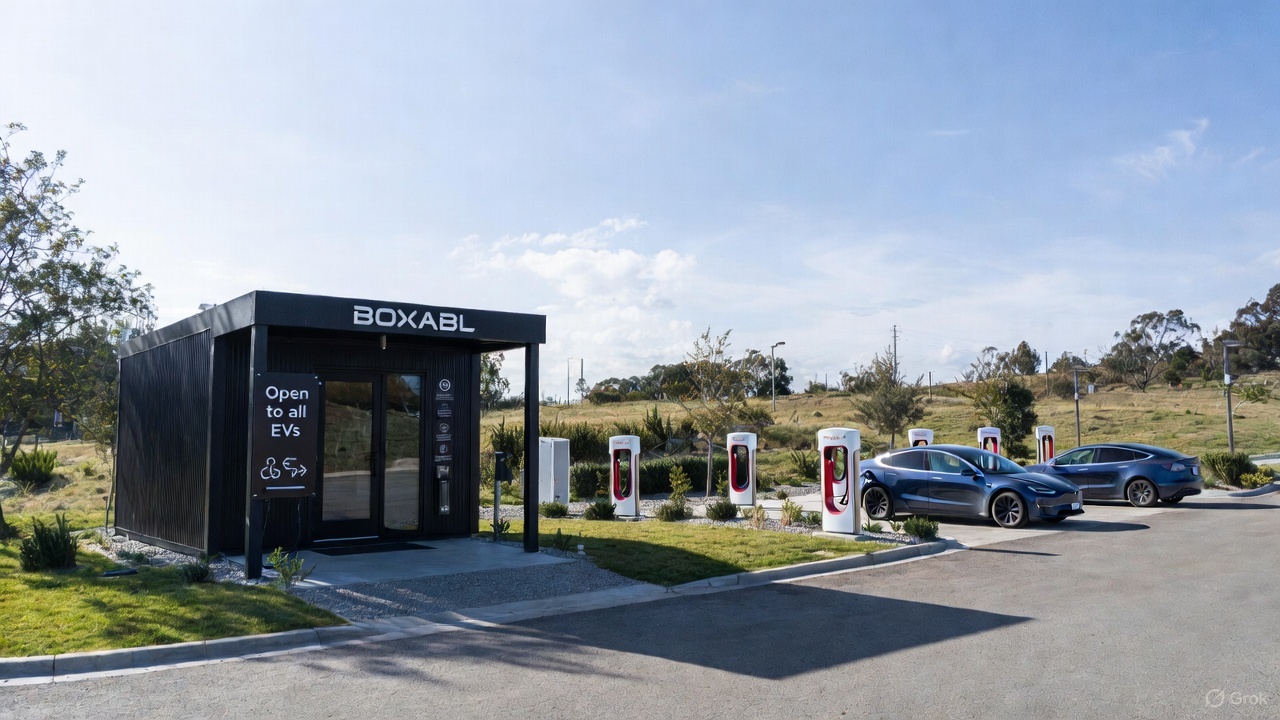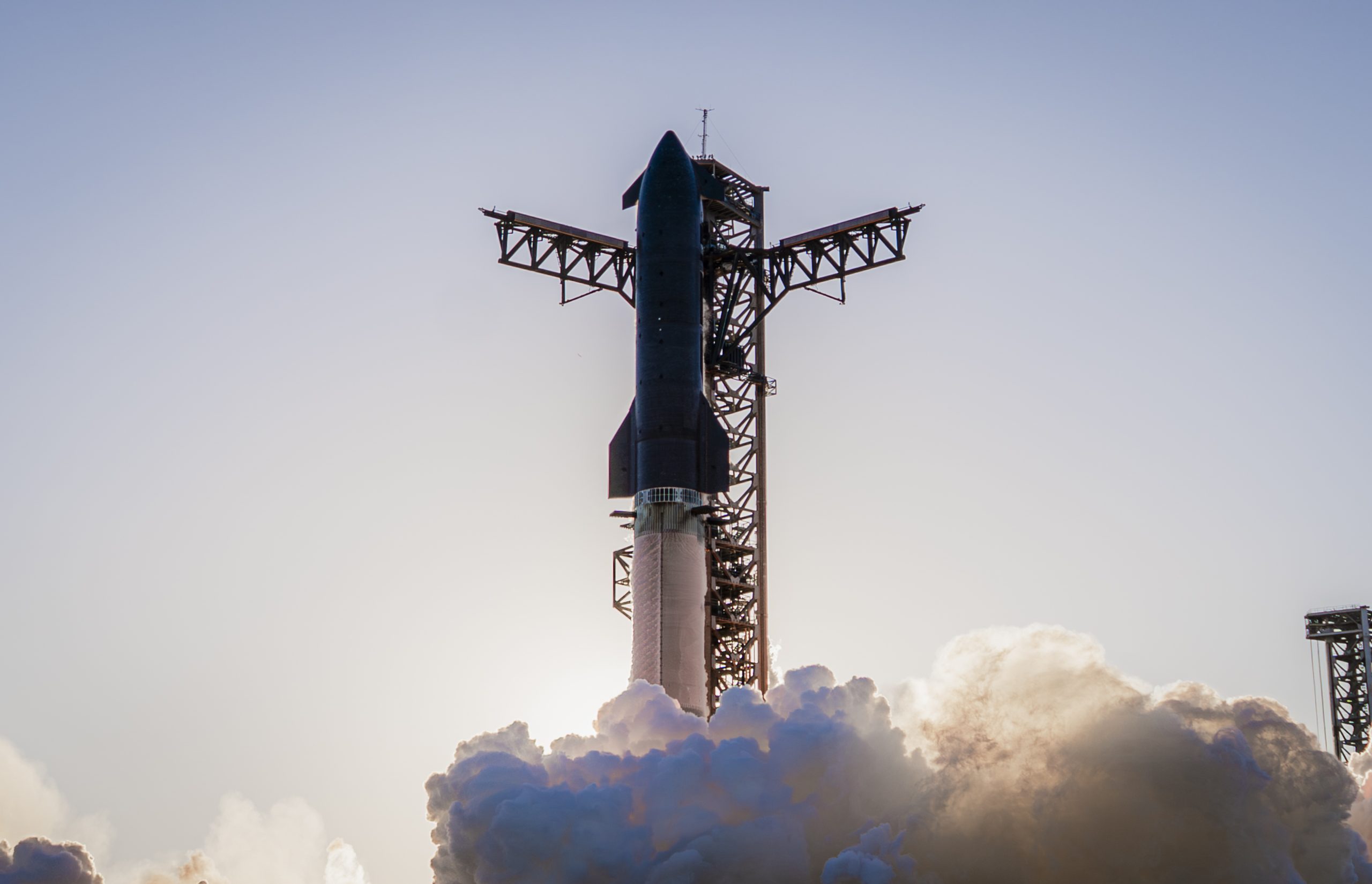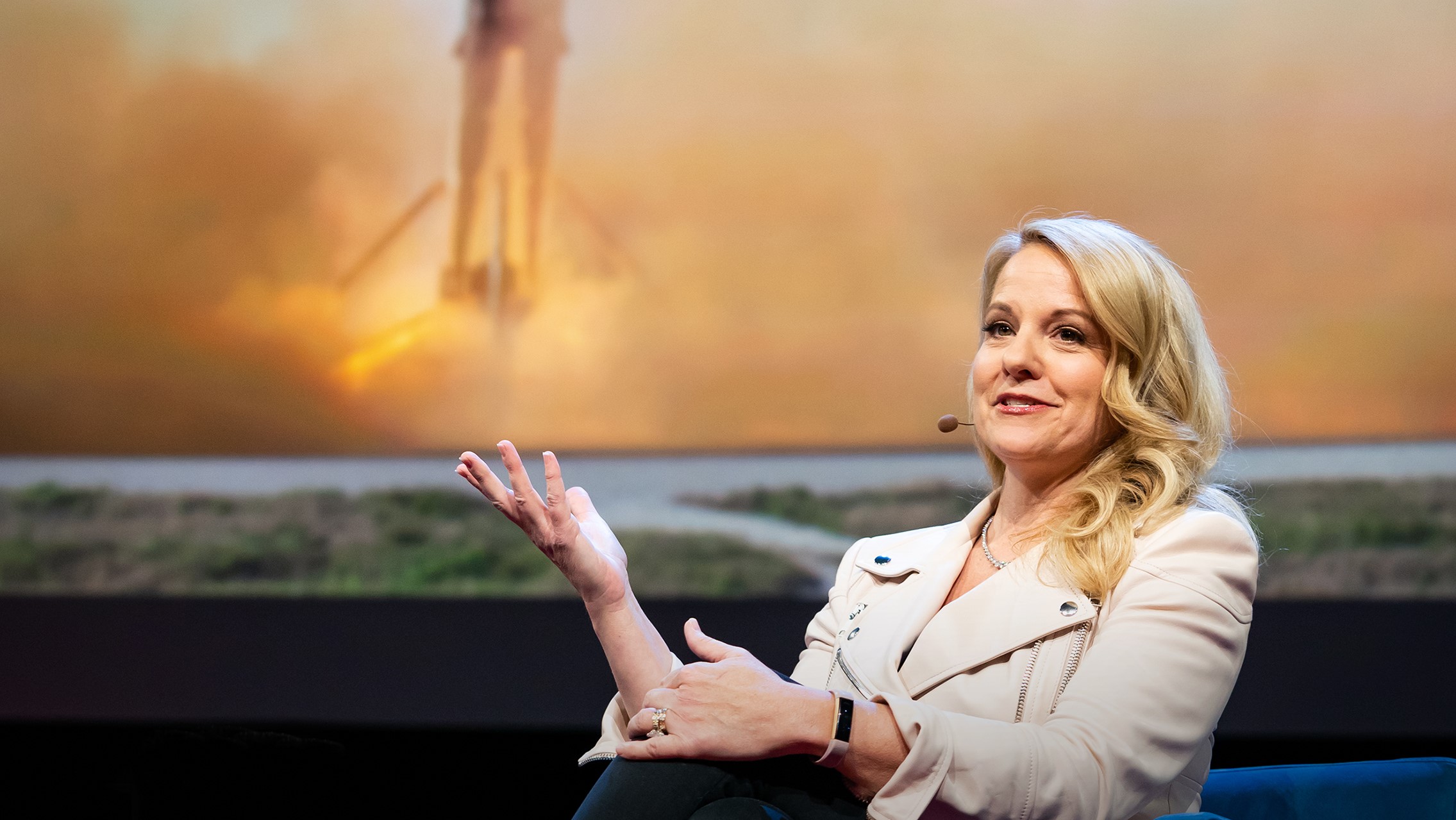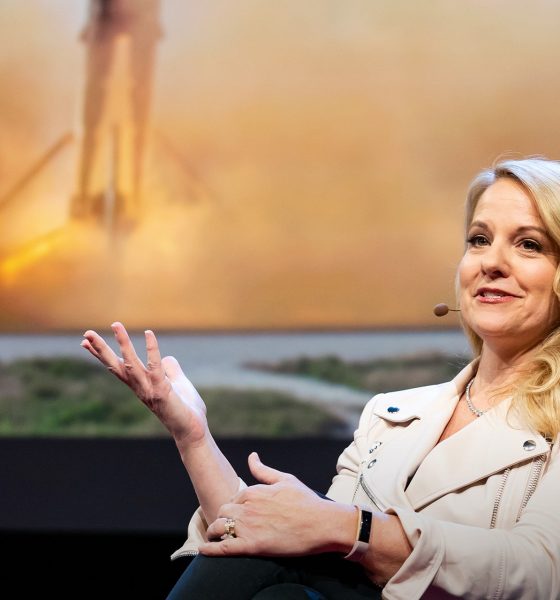The Information reports that SpaceX President and COO Gwynne Shotwell “will assume oversight” of the company’s Starship program and Starbase facilities, seemingly stepping in for Elon Musk as the CEO shifts his focus to Twitter.
In his own words, Twitter appears to be in a precarious position after the Tesla CEO and SpaceX founder purchased the social media platform for an inflated price of $44 billion, saddling it with immense debt. The immediate implementation of far-reaching changes (or threats of changes) have scared off existing advertisers, slashing the company’s already tenuous revenue, and Musk himself admitted on November 10th that the company as it stands is losing billions of dollars per year and could face bankruptcy if its plan to charge a subscription for a verification badge – a service that was, in theory, previously free – isn’t highly successful.
Simultaneously, poorly planned layoffs that targeted half of all Twitter staff appear to have maimed the company’s technical expertise and triggered the departure of numerous senior employees and executives, while also catching the attention of the US Federal Trade Commission. If he wants Twitter to survive, let alone thrive, it appears that Musk will have to divert most of his attention to the social media app for the indefinite future, forcing him to step back from some of his day-to-day work at SpaceX and Tesla.
Enter Gwynne Shotwell, a long-time executive second only to Musk that has often been viewed as “the adult in the room” – a source of stability that bridges the gaps between the CEO’s chaotic and whiplash-inducing style of management. Hired in 2002, it’s entirely possible that SpaceX wouldn’t have survived if her sales acumen hadn’t convinced NASA to take a billion-dollar bet on the company in 2008. But NASA ultimately took that bet right when SpaceX needed it most, and Shotwell went on to help secure another several billion dollars of launch contracts from all possible sectors.
She became President and COO after navigating NASA’s first major SpaceX contract in 2008 and still holds both positions 14 years later. Given that position, The Information’s report is thus somewhat surprising. As Chief Operating Officer, Shotwell was, by definition, already overseeing Starbase operations and the Starship program to some degree. It’s possible that her day-to-day work mainly focused on SpaceX’s Dragon, Falcon, and Starlink programs, but it would be almost impossible for a COO with a reputation as good as hers not to pay close attention to a program that likely represents half (or more) of SpaceX’s R&D spending.
More importantly, Starship, according to CEO Elon Musk, is the future of all SpaceX programs. If successful, the fully-reusable rocket will be able to launch at least five times the payload of SpaceX’s workhorse Falcon 9 rocket for even less than the smaller rocket’s already extraordinary marginal cost of ~$15 million. With ultra-low launch costs and orbital refueling, Starship could become the most high-performance rocket in history and outclass multi-billion-dollar single-use behemoths like Saturn V and SLS for a price tag less than Falcon 9 and Falcon Heavy today ($70-100 million).
Eventually, with enough experience and refinement, that combination of cheap launches and reliable refueling could allow SpaceX to achieve its ultimate purpose: building a self-sustaining human presence on Mars. In the nearer term, Musk once stated that SpaceX could go bankrupt if Starship wasn’t ready to begin launching the next generation of Starlink internet satellites in the near future, without which the constellation would apparently be a financial liability. While the CEO was almost certainly exaggerating the severity of the situation, it still emphasizes that Starship is viewed as a keystone that can ensure the long-term sustainability of all of SpaceX’s programs.
In April 2021, even NASA fully bought into Starship, awarding SpaceX a $2.9 billion contract to develop the system and create a version of the rocket’s upper stage that can land astronauts and cargo on the Moon. In 2022 alone, that Human Landing System (HLS) contract earned SpaceX more than $800 million, and NASA’s attachment to Starship has made the program’s success even more essential.
It’s little surprise, then, that Musk would explicitly ask Shotwell – SpaceX’s biggest ‘gun’ – to oversee the program in his unplanned absence. It’s unclear if that means she will hand the day-to-day operations of other major SpaceX programs to direct reports or if the new position involves an expansion of her existing Starbase and Starship oversight. But it’s safe to assume that Shotwell’s deeper involvement is unlikely to hurt the programs.
The Information also reports that SpaceX executive Mark Juncosa – a brash, unconventional engineer that’s successfully led the Starlink program since Musk fired several over-cautious executives in 2018 – took over technical leadership of the Starship program in the summer of 2022. Executives Joe Petrzelka and Bill Riley, who previously filled that role alone, now report to Juncosa, who reports to Shotwell.

News
Tesla discloses interesting collaboration partner for Supercharging
This BOXABL collaboration would be a great way to add a rest stop to a rural Supercharging location, and could lead to more of these chargers across the U.S.

Tesla disclosed an interesting collaboration partner in an SEC filing, which looks like an indication of a potential project at Supercharger sites.
Tesla said on Tuesday in the filing that it was entering an agreement with BOXABL to design and build a Micromenity structure. Simply put, this is a modular building, usually a few hundred square feet in size, and it has been seen at Superchargers in Europe.
In Magnant, France, Tesla opened a small building at a Supercharger that is available to all EV owners. There are snacks and drinks inside, including ice cream, coffee, a gaming console, and restrooms. It gives people an opportunity to get up and out of their cars while charging.
This building was not built by BOXABL, but instead by bk World Lounges. It is likely the final Supercharging stop before people get to Paris, as it is located 250 kilometers, or 155 miles, from the City of Light.
Voir cette publication sur Instagram
Magnant has 56 stalls, so it is a large Supercharging stop compared to most. The building could be a sign of things to come, especially as Tesla has opened up larger Supercharger stations along major roadways.
It is for just a single building, as the Scope of Work within the filing states “a comprehensive package for one Micromenity building.”
NEWS: BOXABL, a company that creates modular, prefabricated buildings, has entered into an agreement with @Tesla.
This is Tesla formally contracting BOXABL to design, engineer, and build a pilot “Micromenity” structure, a compact, modular building unit.
While some info in the… pic.twitter.com/RabJczGpEp
— Sawyer Merritt (@SawyerMerritt) December 9, 2025
Superchargers are commonly located at gas stations, shopping centers, and other major points of interest. However, there are some stops that are isolated from retail or entertainment.
This BOXABL collaboration would be a great way to add a rest stop to a rural Supercharging location, and could lead to more of these chargers across the U.S.
Tesla has done a lot of really great things for Supercharging this year.
Along with widespread expansion, the company launched the “Charging Passport” this week, opened the largest Supercharger in the world in Lost Hills, California, with 168 chargers, opened the Tesla Diner, a drive-in movie restaurant in Los Angeles, and initiated access to the infrastructure to even more automakers.
Elon Musk
Tesla CEO Elon Musk confirms Robotaxi safety monitor removal in Austin: here’s when
Musk has made the claim about removing Safety Monitors from Tesla Robotaxi vehicles in Austin three times this year, once in September, once in October, and once in November.

Tesla CEO Elon Musk confirmed on Tuesday at the xAI Hackathon that the company would be removing Safety Monitors from Robotaxis in Austin in just three weeks.
This would meet Musk’s timeline from earlier this year, as he has said on several occasions that Tesla Robotaxis would have no supervision in Austin by the end of 2025.
On Tuesday, Musk said:
“Unsupervised is pretty much solved at this point. So there will be Tesla Robotaxis operating in Austin with no one in them. Not even anyone in the passenger seat in about three weeks.”
Musk has made the claim about removing Safety Monitors from Tesla Robotaxi vehicles in Austin three times this year, once in September, once in October, and once in November.
In September, he said:
“Should be no safety driver by end of year.”
The safety driver is just there for the first few months to be extra safe.
Should be no safety driver by end of year.
— Elon Musk (@elonmusk) September 4, 2025
On the Q3 Earnings Call in October, he said:
“We are expecting ot have no safety drivers in at least large parts of Austin by the end of this year.”
Finally, in November, he reiterated the timeline in a public statement at the Shareholder Meeting:
“I expect Robotaxis to operate without safety drivers in large parts of Austin this year.”
Currently, Tesla uses Safety Monitors in Austin in the passenger’s seat on local roads. They will sit in the driver’s seat for highway routes. In the Bay Area ride-hailing operation, there is always a Safety Monitor in the driver’s seat.
Three weeks would deliver on the end-of-year promise, cutting it close, beating it by just two days. However, it would be a tremendous leap forward in the Robotaxi program, and would shut the mouths of many skeptics who state the current iteration is no different than having an Uber.
Tesla has also expanded its Robotaxi fleet this year, but the company has not given exact figures. Once it expands its fleet, even more progress will be made in Tesla’s self-driving efforts.
News
SpaceX reportedly mulling IPO, eyeing largest of all time: report
“I do want to try to figure out some way for Tesla shareholders to participate in SpaceX. I’ve been giving a lot of thought to how to give people access to SpaceX stock,” Musk said.

SpaceX is reportedly mulling an initial public offering, eyeing what would be the largest valuation at the time of availability of all time, a new report from Bloomberg said on Tuesday.
It is one of many reports involving one of Elon Musk’s companies and a massive market move, as this is not the first time we have seen reports of an IPO by SpaceX. Musk himself has also dispelled other reports in the past of a similar nature, including an xAI funding round.
SpaceX and Musk have yet to comment on the report. In the past, untrue reports were promptly replied to by the CEO; this has not yet gained any response, which is a good sign in terms of credibility.
However, he said just a few days ago that stories of this nature are inaccurate:
“There has been a lot of press claiming SpaceX is raising money at $800B, which is not accurate. SpaceX has been cash flow positive for many years and does periodic stock buybacks twice a year to provide liquidity for employees and investors. Valuation increments are a function of progress with Starship and Starlink and securing global direct-to-cell spectrum that greatly increases our addressable market. And one other thing that is arguably most significant by far.”
There has been a lot of press claiming @SpaceX is raising money at $800B, which is not accurate.
SpaceX has been cash flow positive for many years and does periodic stock buybacks twice a year to provide liquidity for employees and investors.
Valuation increments are a…
— Elon Musk (@elonmusk) December 6, 2025
Musk has discussed a potential IPO for SpaceX in recent months, as the November 6 shareholder meeting, as he commented on the “downsides” of having a public company, like litigation exposure, quarterly reporting pressures, and other inconveniences.
Nevertheless, Musk has also said he wants there to be a way for Tesla shareholders to get in on the action. At the meeting in early November, he said:
“I do want to try to figure out some way for Tesla shareholders to participate in SpaceX. I’ve been giving a lot of thought to how to give people access to SpaceX stock.”
Additionally, he added:
“Maybe at some point., SpaceX should become a public company despite all the downsides of being public.”
Musk has been historically reluctant to take SpaceX public, at times stating it could become a barrier to colonizing Mars. That does not mean it will not happen.
Bloomberg’s report cites multiple unidentified sources who are familiar with the matter. They indicate to the publication that SpaceX wants to go public in mid-to-late 2026, and it wants to raise $30 billion at a valuation of around $1.5 trillion.
This is not the first time SpaceX has discussed an IPO; we reported on it nine years ago. We hope it is true, as the community has spoken for a long time about having access to SpaceX stock. Legendary investor Ron Baron is one of the lucky few to be a SpaceX investor, and said it, along with Tesla, is a “lifetime investment.”
Tesla bull Ron Baron reveals $100M SpaceX investment, sees 3-5x return on TSLA
The primary driver of SpaceX’s value is Starlink, the company’s satellite internet service. Starlink contributes 60-70 percent of SpaceX’s revenue, meaning it is the primary value engine. Launch services, like Falcon 9 contracts, and the development of Starship, also play supporting roles.










